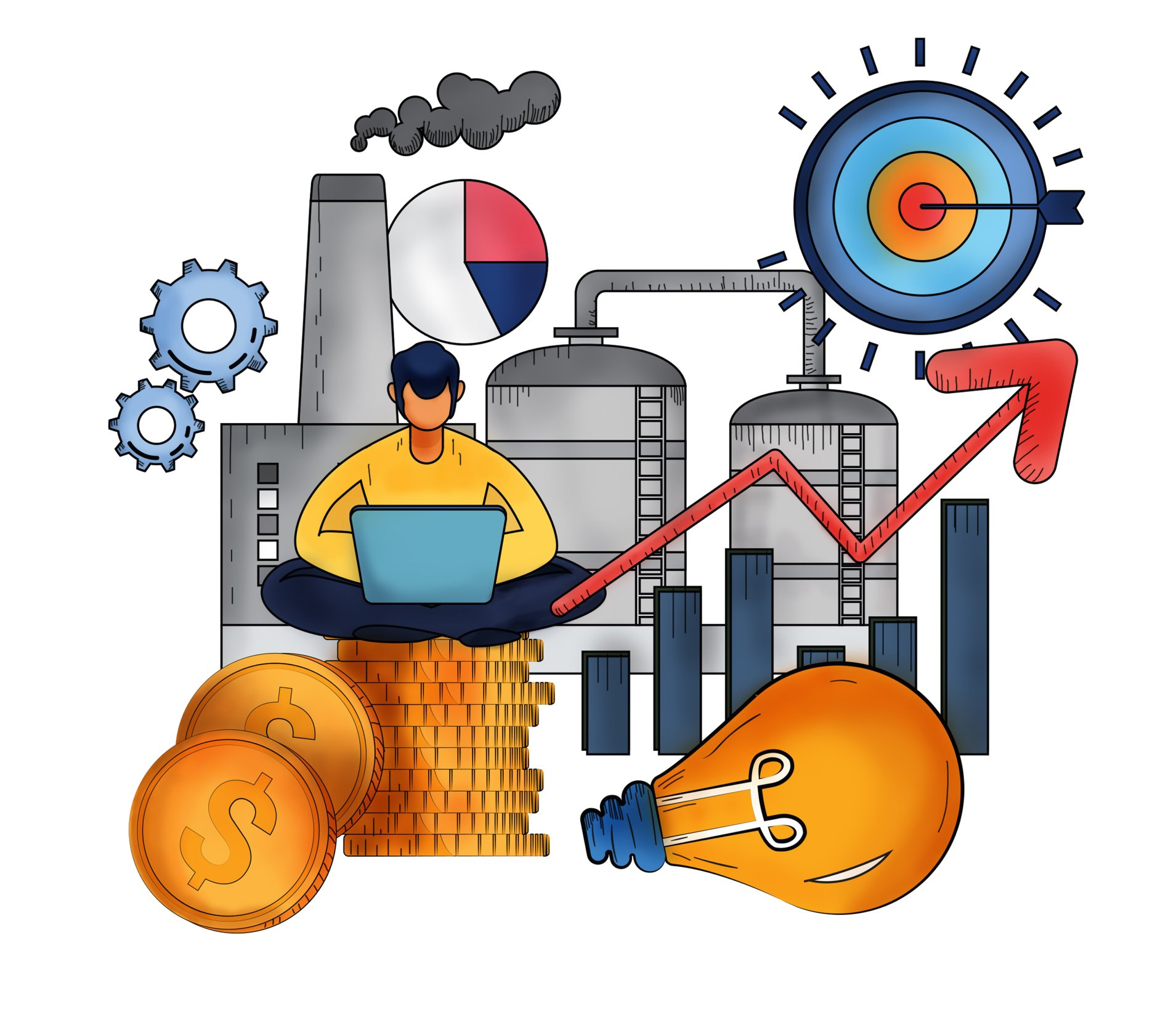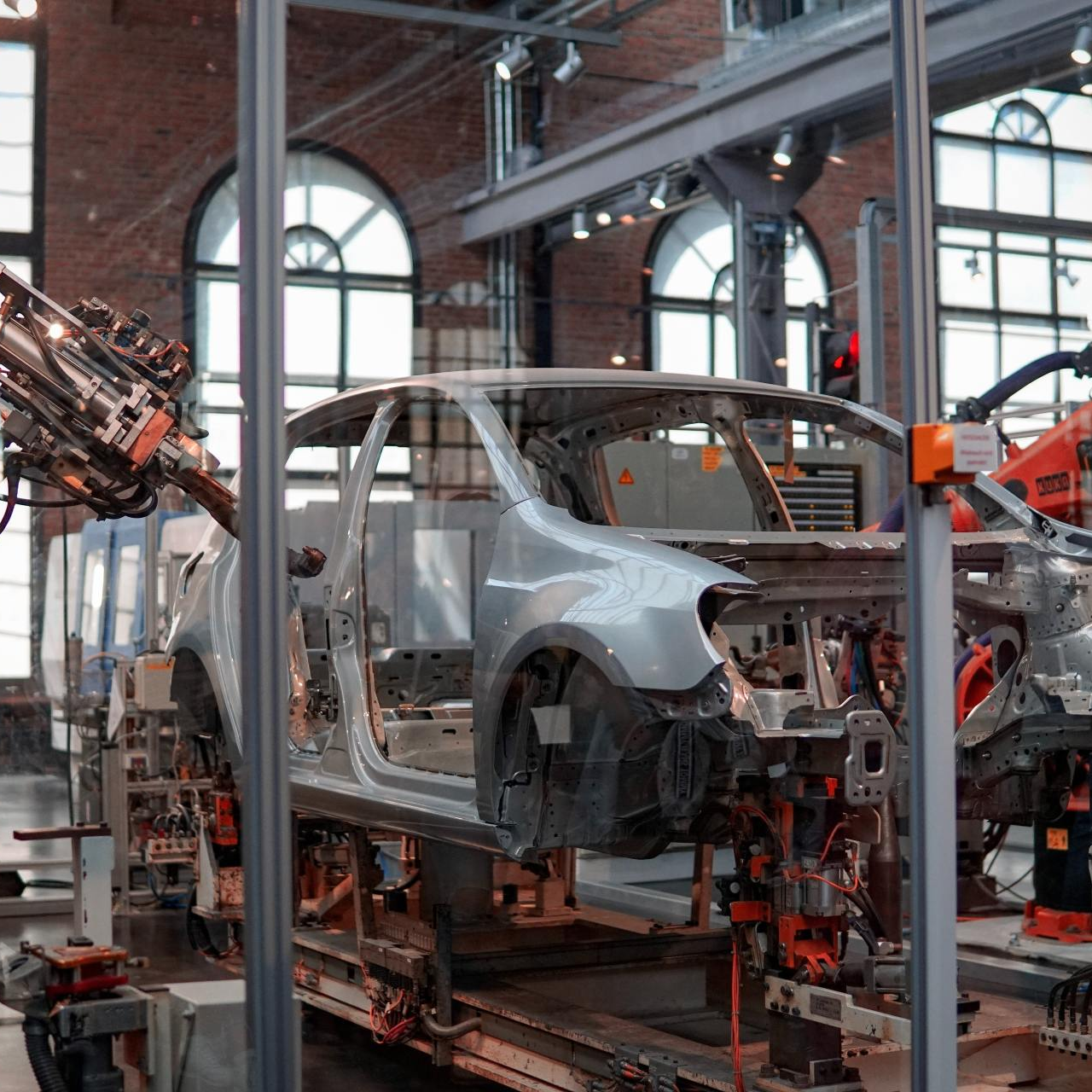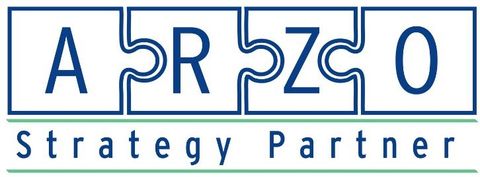Don’t follow the herd: Why Big Data is often a big mistake
This second hurdle consists in turning recognition into a concrete plan of action. All too often, industrials allow their commendable sense of urgency to run away with them and start clutching at straws labelled “Big Data”, “IoT”, or “Industry 4.0” – straws often dangled in front of them by somewhat dubious digital consultants drunk on their own Kool-Aid. Other companies, imbued with the scale of their current operations, are more bullish, wanting to implement revolutionary solutions across the board – in which case the digital consultants offer the same solutions, but with a more upbeat intro.
In either case, their proposals call for machines “to start talking to each other” (IoT) and for the data they generate in so doing to be analysed in order “to offer customers insights” (Big Data) and “revolutionise production/operations/maintenance” to be ”more efficient and responsive than ever before” (Industry 4.0.); extra marks go to anyone who uses the words “from push to pull”, “artificial intelligence”, or “predictive maintenance” in their PowerPoint presentation.
Pardon my cynical tone, here. I should make clear that none of these things are, in and of themselves, bad ideas. The issue, though, is that they are currently being prescribed as panaceas, usually ignoring the fact they are often fiendishly complicated and very expensive to implement – and that, unless they offer tangible value which can be identified and explained, customers will not pay a premium for them. Essentially, in collecting mind-boggling sums of data first and then asking customers what they want second, industrials are getting the cart before the horse. Or, to riff on this analogy for a moment: Big Data, IoT et al. have a lot of horsepower, but unless a company knows where it needs the cart pulled to, they have a tendency to gallop away into the middle of nowhere.
Big Data: why a tool does not a strategy make
So why isn’t it as easy as hooking up all the machines and raking in the dollars? It would be good to remember here that there’s a reason why most start-ups, as world-changing as they are, are selling non-essential things to consumers using devices already in circulation (i.e. smartphones). For most data-driven digital business models, there is little proprietary technology involved (quick aside: when digital consultants say “technology”, in most cases, they actually mean “software”); the investment risk at the early stage is more-or-less limited to man-hours. That’s how Uber and Airbnb gathered huge amounts of data about how commuters and tourists move around without huge up-front investments; things only get expensive for companies like them when they start spending big in order to fund hyper-growth in winner-takes-all-markets.
For industrials, however, pursuing a Big Data strategy generally does mean a substantial up-front investment in order to develop hardware: sensors need to be designed or bought in and integrated into complex – often system-critical – products; and that’s before the eye-watering volumes of data generated by industrial roll-outs have been collated, stored, and processed (in keeping with the stricter cybersecurity requirements often in place in industry…). GE, for example, found out early on that transforming itself into a digital data broker was a far costlier enterprise than the Silicon Valley evangelists had suggested: its IoT platform swallowed millions of dollars in development costs before the GE Digital business unit set up to run it started to gulp down billions, diverting resources and attention away from core operations as the company’s share price tumbled
In its quest to become “the most digital company on the planet”, meanwhile, consumer goods conglomerate Procter & Gamble fell victim to a similar digital costs spiral without seeing any tangible benefit. Then there’s Ford, which, in pursuit of the car-as-mobility-node dream, started throwing inordinate sums of money into Ford Smart Mobility – while, unfortunately, neglecting to build decent non-digital cars. For further reading on where industrials go wrong with their digital transformations, I would recommend this piece in Harvard Business Review.
From my point of view, the issue is clear: the companies concerned mistook tools – Big Data, IoT – for strategies. “Becoming the most digital company on the planet” for its own sake is not a strategy. A strategy would be to find out what customers’ pain points are and which service offerings they would be willing to pay a premium for. Collecting and analysing data or hooking up machines to talk to each other – “becoming more digital” – may then be the basis for solutions. If so, these solutions will be leaner, simpler, and less expensive than simply try to digitise everything that moves.
Big Data is the cart, not the horse. And if it is implemented for its own sake, it’s frequently a big mistake.




